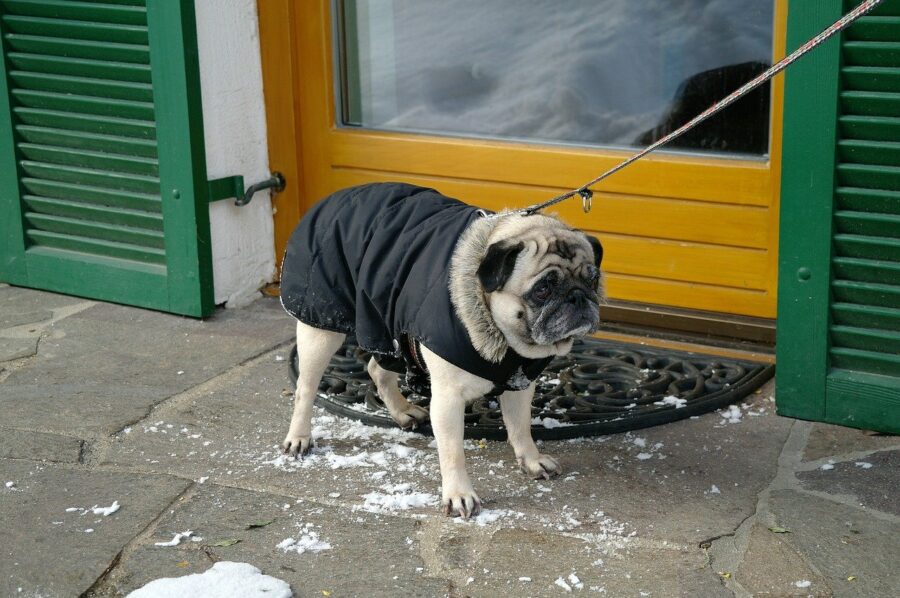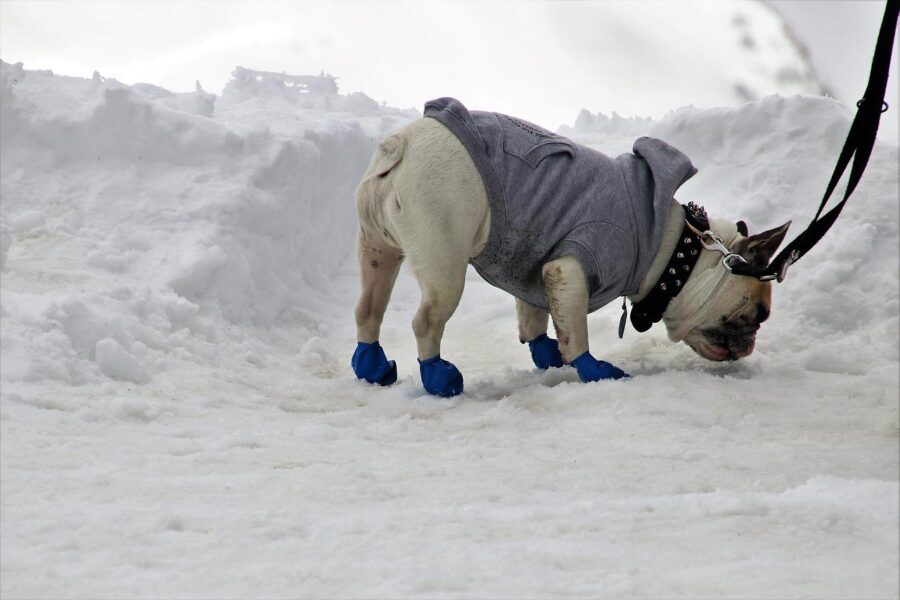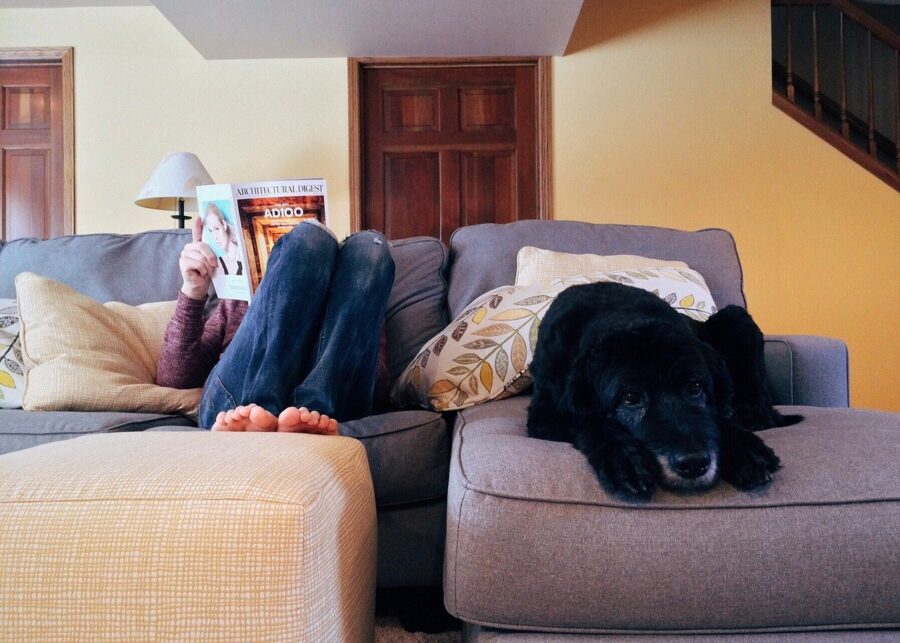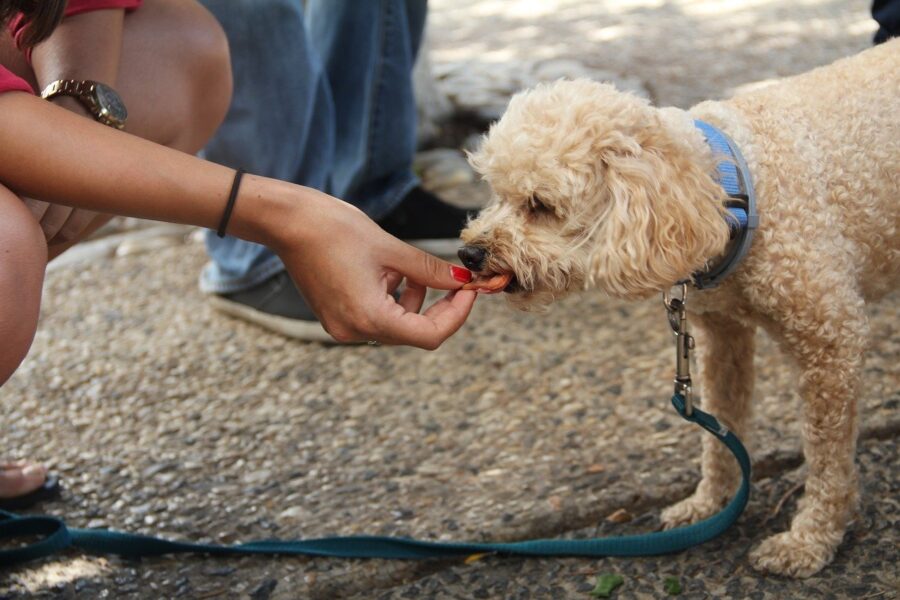How to Keep Your Pets Comfortable During Winter?
 A common question new pet owners usually ask as autumn starts fading away is, how do you take care of your pets during the winter season? Your pet needs some tweaking in its schedule and diet to ensure it stays comfy, warm and happy during the cold months.
A common question new pet owners usually ask as autumn starts fading away is, how do you take care of your pets during the winter season? Your pet needs some tweaking in its schedule and diet to ensure it stays comfy, warm and happy during the cold months.
We have compiled the best tips here to make looking after your dog in winter simple, and stress free for you
How Cold is Too Cold for Pets?
Different breeds- be it dogs or cats- will respond to colder temperatures in different ways.
Breeds like the Siberian husky, Shiba Inu, Maine Coon, and Russian Blue are bred for the cold weather and are naturally equipped with thicker coats to better tolerate the cold. These breeds thrive in cooler temperatures.
On the other hand breeds such as Chihuahua, Basset Hound, Siamese, and Abyssinians have shorter and thinner hair, and feel the cold more acutely.
Of course you’ll have to make individual preparations based on your pet’s unique needs and characteristics, but in a nutshell:
“In general, cold temperatures should not become a problem for most dogs until they fall below 45° F, at which point some cold-averse dogs might begin to feel uncomfortable. When temperatures fall below 32° F, owners of small breed dogs, dogs with thin coats, and/or very young, old or sick dogs should pay close attention to their pet’s well-being.” PetMD
When the temperature hits 20° and below, you should proactively implement precautions for all your pets because the risk of developing frostbite and hypothermia increases. This includes altering their routine, like taking shorter walks and only spending a few minutes of outdoor playtime to lessen their direct exposure to the harmful elements.
This is applicable even for breeds that enjoy the cold weather.

Warning Signs to Watch Out For
There are some common indicators of when the cold is too much for your pet to handle. When you see any of these signs, immediate intervention is imperative to restore the warmth and comfort of your pets. These signs include:
- Your pet keeps on whining or making sounds
- Your pet is shivering even when indoors
- Your pet’s movements have slowed down and they appear lethargic
- Your pet keeps on licking its paws
- Your pet doesn’t want its paws to make contact with the ground
- Your pet adopts a hunched posture with its tail tucked
- Your pet insists on seeking shelter under tight, warm spaces
- Your pet’s ears are cold
- Your pet is sleeping more than usual and in a curled position
Recommended Dog Winter Essentials
Investing in some winter essential gear is also an important answer to ‘how do you take care of your pets during the winter season?’
These essentials can be simple clothing or gear for their daily walks or a few minutes of playing catch with their favorite hyperflite toy.

Booties
Winter is no excuse to skip your dog’s daily walk- they need their physical exercise and mental simulation.
But your dog’s paws are highly sensitive during the colder months and can easily be injured by rugged rock salt or snow could get stuck in between toes- causing pain and discomfort to your pet.
Wearing booties may seem funny and your dog may be a tad uncomfortable, but booties ensure the paws stay protected and warm. Perfect for a cold winter day walk!

Paw Wax
If booties are a challenge, an alternative is paw wax. Paw wax is a moisturizing and natural protective barrier that can be applied to your dog’s paws, nose, and other exposed body parts.
This wax can protect your dog from possible ice build-up and snowballing. The great thing about paw wax is that it’s useful all-year round- protecting against sand burn, sand clumps, hot pavements and rugged terrains.
Snood
One of the many ways to keep your dog warm in winter is to let them wear a snood. Yes, this is a comical look, but a very effective way to keep your dog warm and comfortable.
Like humans wearing a beanie, muffler, or scarf to stay warm, the snood is protective of your pets face and ears, keeping them warm and toasty.
A snood is essential for your dog if it has floppy, long, thin ears that are vulnerable to frostbite.
First Aid Kit and Disinfectant Spray
Even if your pet is physically prepared against the dangers of winter, injuries and accidents could still happen- your pet may slip in ice or cut their paws on rock salt.
If this happens, wounds must be disinfected and cleaned as soon as possible. A first aid kit containing a disinfectant spray should be kept handy.
Having a topical antibiotic like bacitracin handy is also advised. It disinfects the wound, reduces inflammation, and minimizes fungal risks. Applying it quickly can also speed up the healing process of injury.
Also Read: 11 Super Simple Ways to Make Your Dog’s Life Better
How to Keep Your Pets Comfortable During Winter- A Guide
Apart from investing in the pet essentials mentioned above, here are some basic guidelines on how to keep your pets comfortable during winter.

Keep Them Indoors As Much As Possible
Limit your pets outside time during the winter. Keep track of weather reports and plan walks and outside times when the temperature is highest during the day.

Adjust Your Pet’s Diet
A dog’s diet, on any given day, has to be precisely balanced to provide enough vitamins and nutrients. This becomes even more essential in winter.
Some dogs love the snow and can play in it quite boisterously. If this is the case with your pet, then you may need to add extra calories to make up for those lost in the snow play. Also your pet’s body is working double time to keep it warm in winter and needs that extra nutrient boost.
On the other hand, if your dog hates the cold and refuses to step out, then you need to decrease its calorie intake.
Do consult with your dog’s veterinarian and discuss your dog’s nutritional needs as per its activity level in winter.
Also Read: How to Feed Your Dog Healthy Food

Provide Warm Bedding
A warm, cozy bed is the most comfortable thing you can provide your dog when it’s cold outside. Add in a couple of warm blankets or a warm rug to make their bed snug.
For senior dogs, you can also use heated pet beds to ease the discomfort in their joints.

How do dogs survive in the winter? It all depends on you because you are tasked with this massive responsibility.
By diligently preparing your home and your dog’s winter essentials, you can be sure that your dog will also enjoy the colder season and thrive in the freezing temperatures.